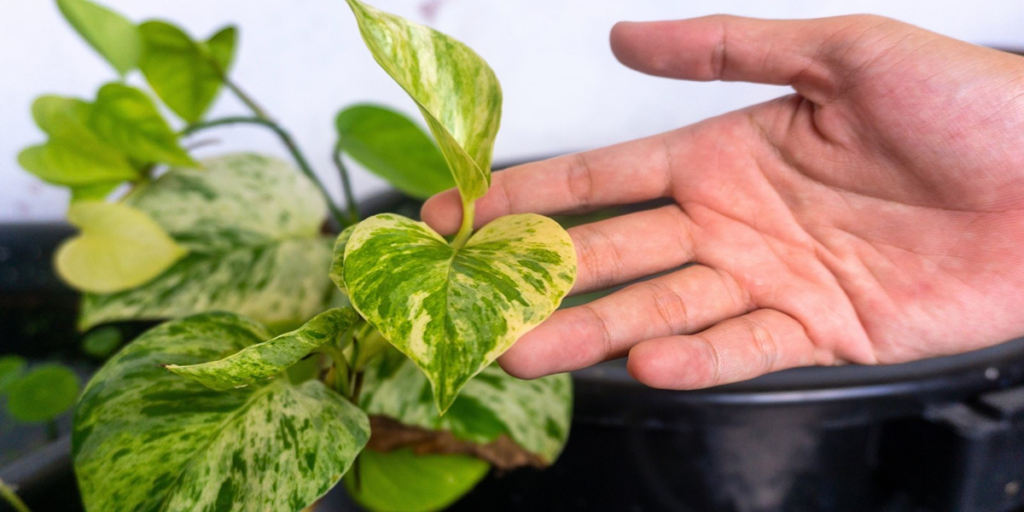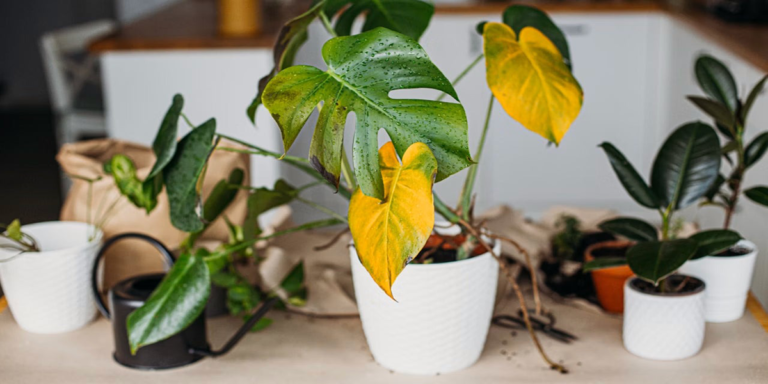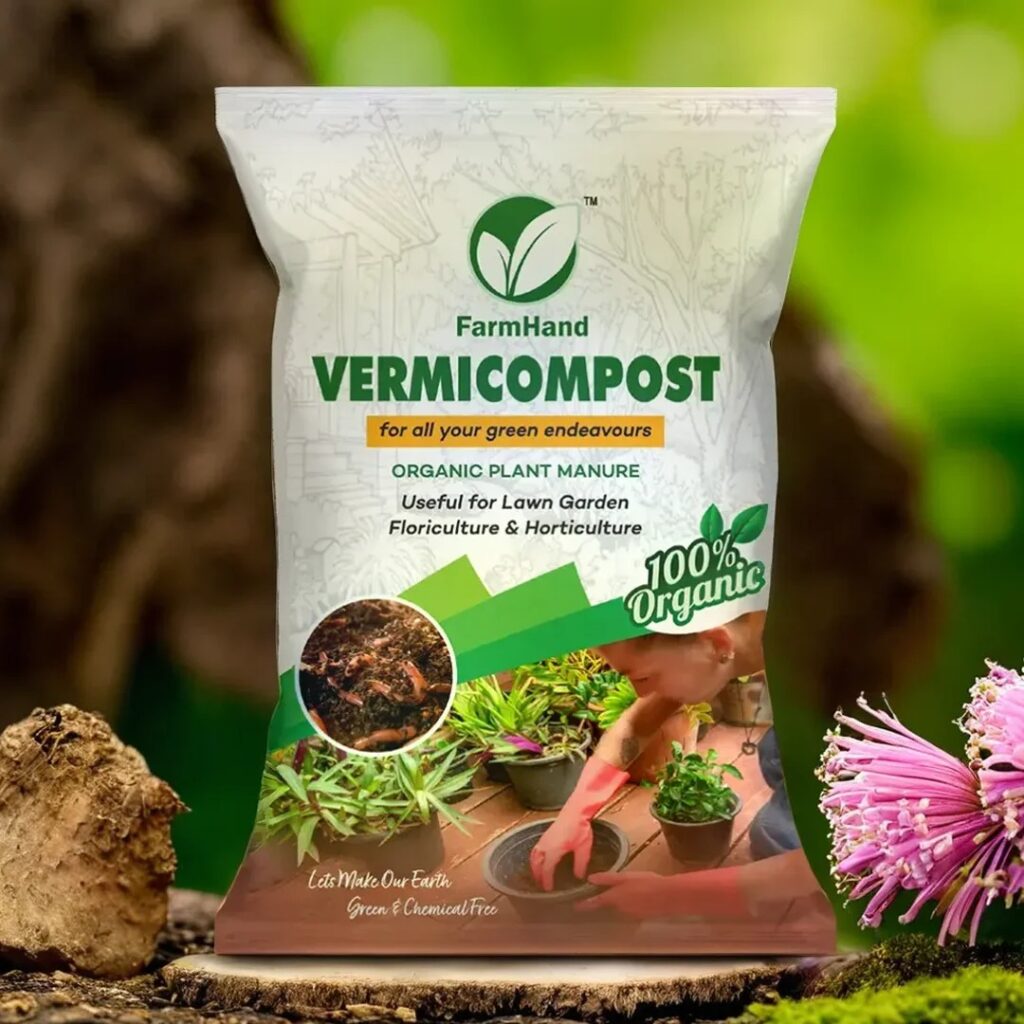
Common Plant Care Mistakes and How to Avoid Them
Caring for houseplants can be incredibly rewarding—but even the most well-intentioned plant parents make mistakes. If your plant babies seem to be struggling, don’t worry—you’re not alone. Many plant problems stem from a few common missteps, and the good news is they’re easy to fix once you know what to watch for.
Here are the most common plant care mistakes and how you can avoid them to keep your green friends happy and thriving.
- Overwatering
The mistake: It’s easy to assume plants need frequent watering, but too much water can suffocate roots and lead to root rot.
How to avoid it:
- Always check the soil before watering. Stick your finger about an inch into the soil—if it’s still damp, wait.
- Make sure pots have drainage holes.
- Use well-draining soil for your plant type.
Pro tip: Most houseplants prefer to dry out a bit between waterings.
- Under Watering
The mistake: On the flip side, it’s easy to forget to water, especially if you’re busy or new to plant care.
How to avoid it:
Set a reminder or schedule based on your plant’s needs.
- Learn the signs: drooping leaves, dry soil, and crispy edges often mean your plant is thirsty.
- Water deeply so the roots get a good soak, then allow excess water to drain.
- Too Much or Too Little Light
The mistake: Not all plants thrive in the same light. Some need bright sunlight, while others prefer shady corners.
How to avoid it:
- Read up on your plant’s light needs.
- Observe where the light naturally hits in your home at different times of day.
- Rotate your plants regularly so all sides get even exposure.
Quick guide:
- Bright, indirect light: Peace lily, pothos, snake plant
- Low light: ZZ plant, cast iron plant
- Direct light: Cacti, succulents, aloe vera
- Wrong Pot Size
The mistake: A pot that’s too small can restrict growth, while one that’s too big holds excess water and can cause rot.
How to avoid it:
- Choose a pot that’s just 1–2 inches wider than the plant’s root ball.
- Repot when the roots start to grow out of the drainage holes or circle the bottom.
- Ignoring Humidity Needs
The mistake: Some plants love humidity—especially tropical varieties—and dry indoor air can stress them out.
How to avoid it:
- Group humidity-loving plants together.
- Use a pebble tray or humidifier.
- Mist occasionally (but only if your plant likes it—some don’t).
- Skipping Fertilizer
The mistake: Plants need nutrients, especially during the growing season. Neglecting to feed them can slow growth and dull their appearance.
How to avoid it:
- Fertilize during spring and summer with a balanced, water-soluble fertilizer.
- Follow the directions—more isn’t better!
- Avoid fertilizing in winter when most plants are dormant.
- Not Checking for Pests
The mistake: Pests like spider mites, aphids, and fungus gnats can sneak in and wreak havoc.
How to avoid it:
- Inspect your plants regularly, especially under the leaves.
- Quarantine new plants for a few days before placing them near others.
- Use natural pest control methods like neem oil or insecticidal soap at the first sign of trouble.
- Moving Plants Too Often
The mistake: Constantly shifting plants around your home can stress them, especially if light and temperature vary.
How to avoid it:
- Find a good spot and let your plant settle.
- If you must move it, do so gradually—especially if moving it outdoors or into a drastically different light.
- Neglecting to Prune
The mistake: Dead or yellowing leaves can sap energy from the plant.
How to avoid it:
- Regularly trim off any dead, dying, or damaged leaves.
- Prune back leggy growth to encourage fullness.
- Not Knowing Your Plant
The mistake: Every plant is unique. What works for one might harm another.
How to avoid it:
- Take a few minutes to look up care specifics for each plant you own.
- Apps and plant ID tools can be really helpful!
Caring for plants doesn’t have to be complicated. Most mistakes come from too much love—or not quite understanding what your plant is trying to tell you. With a little attention and a willingness to learn, you’ll become a confident plant parent in no time.
Your plants will thank you—by growing, blooming, and turning your home into a lush, green oasis.
How to check what is wrong with your plant?
To check what is wrong with your plant, start by observing its leaves for yellowing, browning, or spots, which may indicate watering issues, pests, or nutrient deficiencies. Feel the soil to see if it is too dry or too soggy, as this affects root health. Inspect the undersides of leaves and stems for pests like aphids or spider mites. Check if your plant is getting the right amount of light according to its needs. By regularly observing these signs, you can quickly identify issues and take steps to help your plant recover.
What are the 7 things plants need to grow?
Plants need light, water, air, nutrients, space, the right temperature, and time to grow properly. Light helps them produce food through photosynthesis, while water carries nutrients to their cells. Air, especially carbon dioxide, is essential for photosynthesis and respiration. Nutrients from the soil provide the minerals needed for strong growth. Space, along with the right temperature and time, allows roots to spread and plants to complete their growth cycle fully.
What is the hardest plant to take care of?
One of the hardest plants to take care of is the fiddle leaf fig (Ficus lyrata). It is sensitive to changes in light, humidity, and watering routines, often dropping leaves if conditions are not just right. It needs bright, indirect light but can get sunburned if exposed to direct sun suddenly. Overwatering or underwatering can quickly lead to root rot or leaf drop. This plant requires consistent care and attention, making it challenging even for experienced plant parents.




